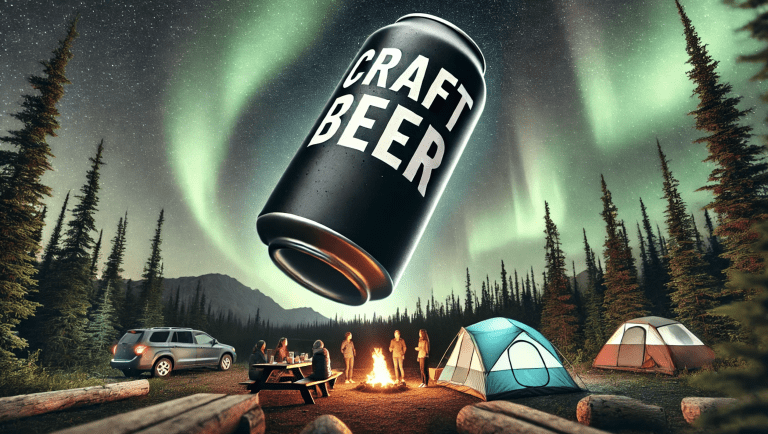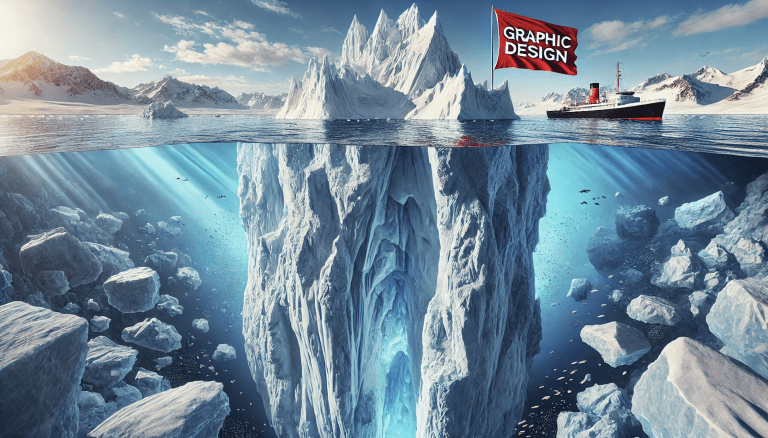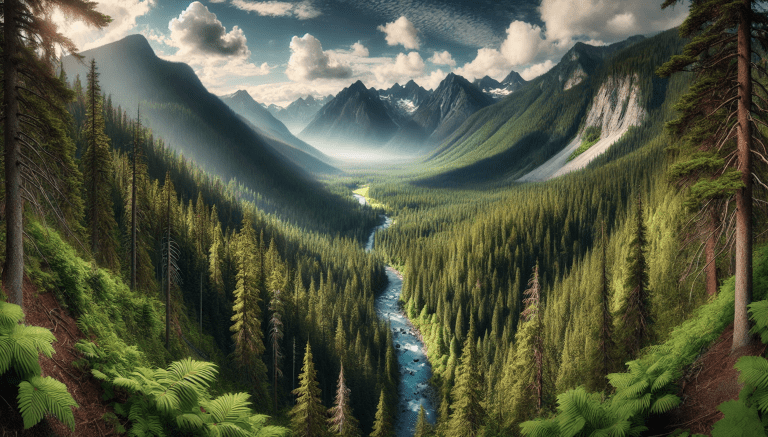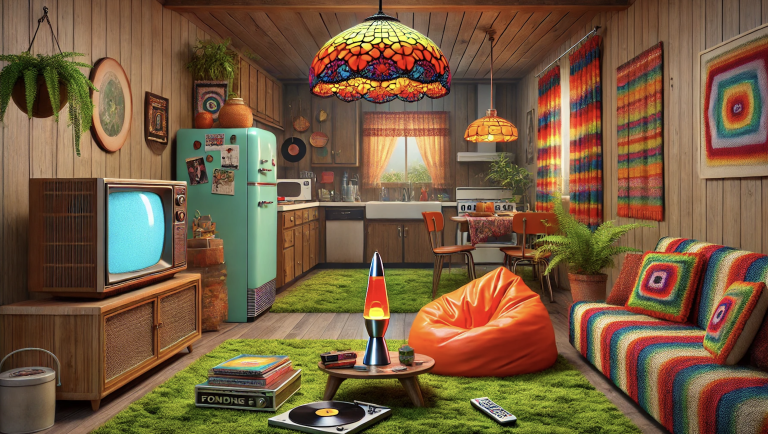British Columbia is a province of experiential magnitude—home to thousands of campgrounds ranging from minimalist wilderness enclaves to amenity-rich, family-oriented parks. Within this sheer abundance of choice, the modern traveler is no longer merely selecting a campsite—they are choosing a narrative to inhabit, a personal alignment with place, and a resonance of feeling before the tent is ever pitched.
In this environment, successful campground operators are not simply managers of land and logistics; they are curators of embodied experience, translators of ecological identity, and architects of intuitive trust. This article outlines how the most distinctive campgrounds in British Columbia utilize graphic design, brand systems, and intentional marketing infrastructure to articulate presence, attract ideal guests, and build a sustained, meaningful community through narrative transparency and aesthetic clarity.
Topographic Identity: Locating Your Narrative Within the Emotional Geographies of British Columbia
The landscape of British Columbia offers a variety of ecological biomes and emotional frequencies. To situate your brand in a meaningful context, it is vital to understand how your physical location connects to a broader psychogeography—how your land feels to the visitor, not just where it is on the map.
- Cariboo-Chilcotin suggests old-world utility, grassroots exploration, and storylines built on family, resilience, and discovery. Key destinations include Williams Lake, Quesnel, Barkerville Historic Town & Park, Horsefly Lake, and Likely.
- Kootenay is contemplative and crystalline, offering depth, introspection, and rugged self-sufficiency. Highlights include Nelson, Fernie, Invermere, Rossland, and Cranbrook.
- Mainland/Southwest embodies coastal vibrancy, cultural convergence, and dynamic urban-rural interplay—a metropolitan-meets-wilderness polarity. Notable spots include Vancouver, Richmond, North Vancouver, Burnaby, and Coquitlam.
- Nechako offers rural remoteness, vast skies, and an understated wildness ideal for low-footprint escapism and backcountry immersion. Key locations include Burns Lake, Vanderhoof, Fort Fraser, Fraser Lake, and Takysie Lake.
- Northeast stretches across alpine edges and resource heartlands, resonating with frontier endurance and agricultural legacy. Highlights include Fort St. John, Dawson Creek, Hudson’s Hope, Tumbler Ridge, and Chetwynd.
- North Coast invites a deep connection to misty forests, marine weather, and the humbling force of the Pacific Rim. Top destinations include Prince Rupert, Haida Gwaii, Terrace, Kitimat, and Stewart.
- Northern BC speaks to silence, scale, and spiritual distance—ideal for high-solitude branding and wilderness initiation. Featured places include Smithers, Dease Lake, Iskut, Atlin, and Telegraph Creek.
- Okanagan Valley exudes warmth, ease, and sensuality—lakes, light, and leisure merge into long sunlit evenings. Tourism anchors include Kelowna, Penticton, Vernon, Osoyoos, and Peachland.
- Peace River evokes pastoral rhythm, open plains, and fertile resilience—a region rooted in self-reliance and agrarian heritage. Notable places include Fort Nelson, Taylor, Pouce Coupe, Pink Mountain, and Bear Flat.
- Sea-to-Sky Corridor conveys verticality, velocity, and dramatic alpine-coastal juxtaposition—perfect for adrenaline-infused escapes and mythic storytelling. Core destinations include Squamish, Whistler, Pemberton, Britannia Beach, and Garibaldi Lake.
- Similkameen Valley is raw, unpolished, and naturally self-reliant—defined by wide skies, arid landscapes, rivers that cut through orchard country, and a spirit of independence rooted in agricultural legacy and untamed terrain. Tourism draws include Keremeos, Cawston, Hedley, Cathedral Provincial Park, and the Red Bridge area.
- Sunshine Coast and Gulf Islands are tactile and tidal—seasonal, small-scale, and rich with cottage-core and creative energy. Must-visits include Sechelt, Gibsons, Pender Harbour, Salt Spring Island, and Galiano Island.
- Thompson-Nicola channels the paradox of sagebrush desert meeting snow-fed rivers—wide range, deep roots, and an expansive calm. Popular sites include Kamloops, Merritt, Spences Bridge, Clearwater (Wells Gray Park), and Savona.
- Vancouver Island/Coast invites mist-draped wonder, tidepool musings, and a cultural interweave of tradition, art, and ecology. Highlights include Victoria, Tofino, Ucluelet, Nanaimo, and Port Renfrew.
When you identify the emotional register of your region, you gain a foundational vocabulary from which to design brand materials, tone of voice, and guest expectations.
Land-Based Design Systems: Extracting Visual Language Directly from Ecology
The most compelling campground branding begins with observation, not imagination. Rather than imposing visual motifs, extract your identity from the material semiotics of the land itself. Photograph the light during golden hour, the color gradients of lake stone, the patterning of bark, the negative space between cedar limbs.
From this, construct a bioregional color palette, define your typographic tone (serif for legacy, sans-serif for minimalism, script for warmth), and build out a scalable brand kit. Consider how the elements interplay: Does your logo feel grounded? Does your iconography flow like water, climb like roots, or settle like dust? Let your visual system echo natural structure—not replicate it superficially, but embody it symbolically.
This design philosophy borrows from biomimicry—not just imitating form, but integrating function. As explored in our prior article, “How to Find Graphic Design Inspiration from Biomimicry and Natural Selection,” the Fibonacci sequence, Voronoi tessellations, and fractal branching patterns offer both aesthetic elegance and structural logic. The same applies to your design ecosystem. When your branding originates from the land, it can’t be copied. It becomes singular.
Narrative as Architecture: Articulating Unique Value Through Storyform
No two campgrounds offer the same experience—but many fail to express that difference clearly. To stand out in a province full of stunning landscapes, you must translate your unique characteristics into narrative touchpoints.
Ask yourself:
- What rituals or rhythms define this place?
- What is available here that cannot be experienced elsewhere?
- What stories emerge naturally from this land, and how can they be shared with integrity?
Group these offerings into narrative categories:
- Sensory Ecology – e.g. morning mist over a lily pad-covered lake, the scent of wild sage at dusk
- Functional Distinction – e.g. extra-large sites for families, tent platforms with river views, dark-sky zones
- Cultural or Community Anchors – e.g. Indigenous-owned operations, farm-to-firewood experiences, quiet zones for neurodivergent guests
The website is not just a transaction platform. It is a threshold into the experience. Use narrative logic to sequence content, emphasizing first what matters most emotionally. Lead with invitation, not inventory.
Intuitive Foresight: Designing to Answer Questions Before They’re Asked
The most elegant guest experience begins before the inquiry is made. Your design, structure, and content should act as a preemptive concierge—offering clarity without requiring effort. This anticipatory framework builds trust and reduces cognitive load.
Consider what your guests are really asking:
- Can I get there without a 4×4?
- Will I feel safe arriving after dark?
- What happens if it rains for three days straight?
- Can my elderly father access the bathroom without walking uphill in the dark?
Deliver this information through clean UX/UI flow, visual cues, and layered content. Infographics, interactive maps, multilingual toggles, accessibility filters—these are not flourishes; they are forms of care.
Integrate inclusive design principles not only to meet standards, but to communicate your values. Universal design is not just functionality—it’s philosophy.
Storytelling Instead of Selling: Designing Emotional Familiarity
You are not “marketing” your campground. You are inviting alignment. The most effective campground communications don’t promote—they evoke.
Use imagery and words to transmit atmosphere, tone, and tempo. A photograph of wet boots beside a mossy log communicates more than ten bullet points. Let guest reviews become first-person narrative lenses. Build slow, cinematic scrolls through evening light and morning routines. Let visitors feel the fire crackle before they ever strike a match.
When you embody story rather than pitch product, you remove resistance. The guests who resonate with your vision will find you—and those who don’t will filter themselves out. That is not loss. That is alignment.
Cyclical Engagement: Nurturing Return and Community Over Time
The end of a guest’s stay is not the end of the relationship—it’s the beginning of the next season’s anticipation. Build out a communications cycle that matches the rhythm of the year:
- Spring: opening announcements, weather trends, new features
- Summer: event invitations, photo contests, peak season updates
- Autumn: reflective storytelling, calls for reviews, early-bird rebooking
- Winter: long-form blog content, behind-the-scenes preparation, gratitude messages
All of this should live within an integrated CRM, designed for segmentation by visit type, family structure, seasonality, and feedback score. These data loops, when respectfully managed, allow you to nurture relationships without intrusion. Respect is retention. Community is the future.
Operational Integration and Lifestyle Design
A truly optimized campground doesn’t just serve guests—it supports the well-being of the people who operate it. Your systems—reservations, billing, scheduling, communications—should function with elegance and minimal friction. Mobile-first software, AI-assisted guest inquiries, auto-generated itinerary PDFs, and digital check-ins are not luxuries. They are freedom-enablers.
Design your life as you design your land. If your ideal day includes morning solitude, build operations that protect it. If you dream of shared meals, build a communal kitchen and host them. Your campground is not just a place. It is a lived philosophy. When your brand reflects that, guests will intuitively trust it—because it’s real.
Final Reflection: Design the Feeling of Being Found
The best campgrounds don’t feel like they were advertised. They feel like they were discovered. When someone finds your website, encounters your images, reads your descriptions, and says to themselves, “This is exactly what I didn’t know I was looking for”—that is the highest form of design success.
And that kind of connection doesn’t happen through gimmick or gimmickry. It happens when you align your brand with the land, your narrative with your truth, and your marketing with meaningful presence.
If you’re ready to translate your campground into a fully actualized experience that speaks clearly, resonates deeply, and sustains season after season—Bl3nd Design is here to collaborate. We don’t just build brands. We unearth them.
Book your conversation today. Let’s design the feeling of being found. 🏕️
Related Resources
BC Parks Camping
Hello BC Camping
Go Camping BC
Facebook Group
Reddit Thread
Travel British Columbia
Advanced Mapping
Indigenous Tourism BC
Hipcamp BC





















